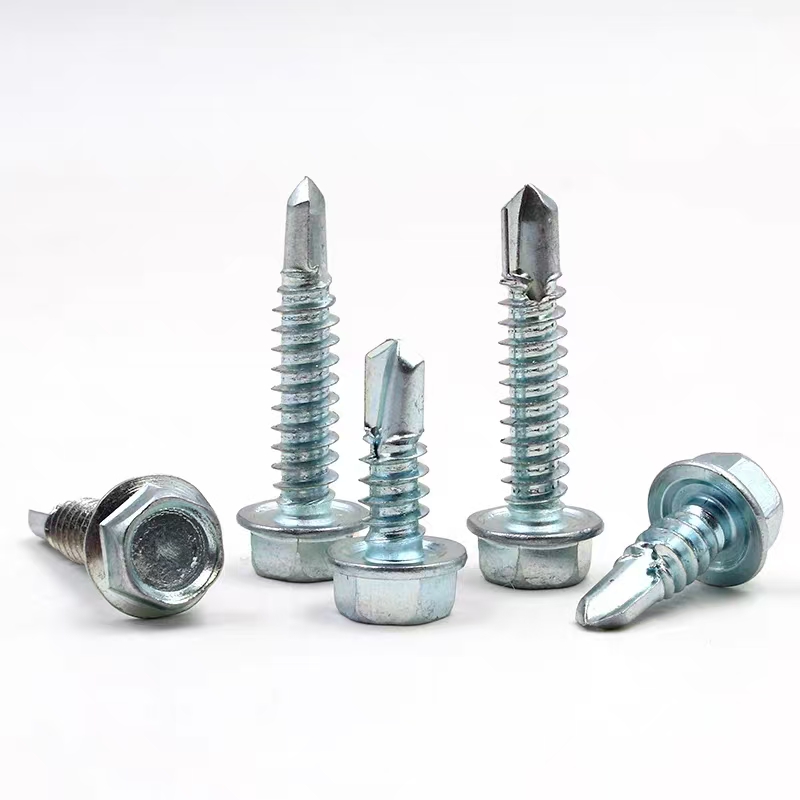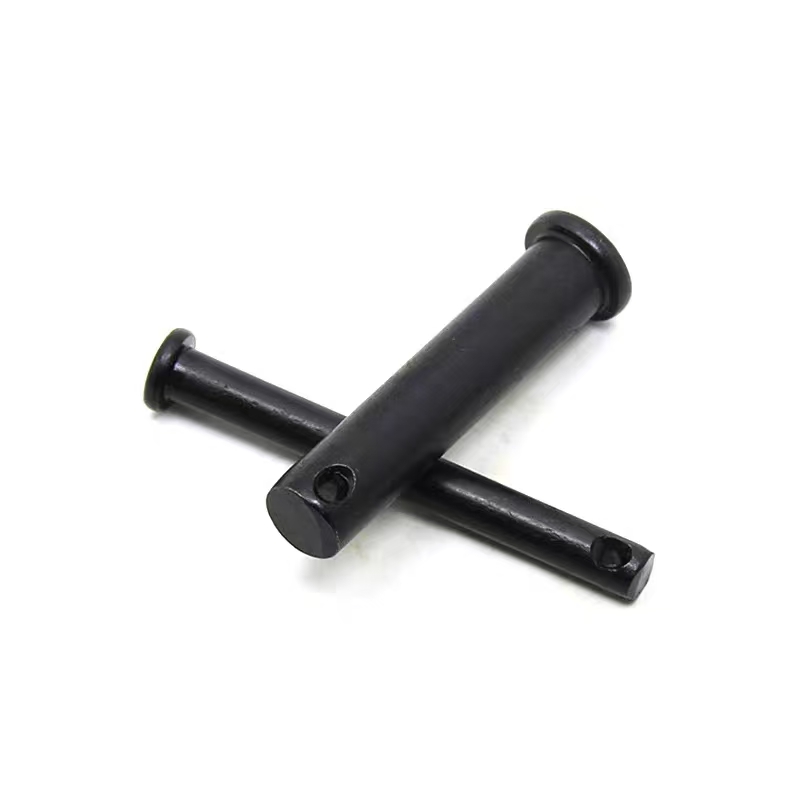- Chinese
- French
- German
- Portuguese
- Spanish
- Russian
- Japanese
- Korean
- Arabic
- Irish
- Greek
- Turkish
- Italian
- Danish
- Romanian
- Indonesian
- Czech
- Afrikaans
- Swedish
- Polish
- Basque
- Catalan
- Esperanto
- Hindi
- Lao
- Albanian
- Amharic
- Armenian
- Azerbaijani
- Belarusian
- Bengali
- Bosnian
- Bulgarian
- Cebuano
- Chichewa
- Corsican
- Croatian
- Dutch
- Estonian
- Filipino
- Finnish
- Frisian
- Galician
- Georgian
- Gujarati
- Haitian
- Hausa
- Hawaiian
- Hebrew
- Hmong
- Hungarian
- Icelandic
- Igbo
- Javanese
- Kannada
- Kazakh
- Khmer
- Kurdish
- Kyrgyz
- Latin
- Latvian
- Lithuanian
- Luxembou..
- Macedonian
- Malagasy
- Malay
- Malayalam
- Maltese
- Maori
- Marathi
- Mongolian
- Burmese
- Nepali
- Norwegian
- Pashto
- Persian
- Punjabi
- Serbian
- Sesotho
- Sinhala
- Slovak
- Slovenian
- Somali
- Samoan
- Scots Gaelic
- Shona
- Sindhi
- Sundanese
- Swahili
- Tajik
- Tamil
- Telugu
- Thai
- Ukrainian
- Urdu
- Uzbek
- Vietnamese
- Welsh
- Xhosa
- Yiddish
- Yoruba
- Zulu
- Kinyarwanda
- Tatar
- Oriya
- Turkmen
- Uyghur

flange gasket
The Nuances of Flange Gasket Selection and Application
Choosing the right flange gasket isn't just about getting the specifications right. It's about understanding the dynamics of application, the potential pitfalls, and sometimes even the unspoken quirks of industrial needs. Flange gaskets play a crucial role in maintaining the integrity of any joint, yet they are often misunderstood or underestimated.
Understanding the Basics of Flange Gaskets
Flange gaskets serve as seals, preventing leaks between different segments of piping systems. Commonly constructed from materials like rubber, PTFE, or graphite, each type serves varying pressures, temperatures, and chemical resistances. The tricky part is matching the gasket material to the application's demands.
I've seen projects where a mismatch in material led to early failures. A colleague once used a rubber gasket for a high-temperature steam line. Predictably, it degraded swiftly. Here, the hands-on lesson was not just in material awareness but also understanding operational environments.
Additional considerations include the flange's surface finish and the torque applied during installation. Even the most durable gasket can falter if these aspects are ignored. It’s this kind of detail that can make or break the success of a seal.
Common Missteps and Misunderstandings
Inexperience or assumptions can lead to the wrong choice. A recurring mistake I encountered was the over-reliance on standardization. It might be tempting to use a common gasket for all flanges, but that can lead to significant issues down the line.
At Handan Zitai Fastener Manufacturing Co., Ltd., located in a premier area for production in China, it’s crucial to provide a variety of gaskets that match specific needs. Customization can often prevent unnecessary downtime and maintenance costs.
Another element is overlooking the interaction between the flange gasket and the fluid type—certain chemicals can corrode the gasket material, causing leaks or contamination. It's these nuances that require expertise beyond just reading specification sheets.
The Cost Implications of Flange Gasket Choices
A costly mistake is assuming that cheaper materials or designs equate to savings. I've seen facilities opt for inexpensive gaskets to cut corners, only to face expensive shutdowns and repairs. Always consider the long-term implications and lifecycle costs.
For companies like Handan Zitai Fastener Manufacturing Co., Ltd., where quality is a hallmark, the focus often lies in balancing cost with reliability. This involves a careful assessment of each component in relation to its operational environment.
Smart decisions here are about weighing immediate costs against potential future liabilities. In practice, this often requires a deep dive into failure modes and historical data rather than just upfront pricing.
Practical Installation: Getting Details Right
Proper gasket installation is an art. It requires not just the correct tools, but also an awareness of subtle factors like bolt tensioning sequences and gasket creep. I've watched seasoned technicians toil for hours, perfecting the alignment, often adjusting repeatedly until the desired fit is achieved.
Consistency in force application is a game-changer. Uneven pressure can distort the gasket, causing deformation. Case in point, a project faced an unexpected shutdown because the team rushed through this critical process, neglecting proper torque control.
It’s often the details like these, painstaking and meticulous, that assure long-term success. Taking shortcuts usually leads to trouble, something I've learned firsthand through costly lessons.
Innovation and Future Trends in Gasket Technology
The world of flange gasket technology is evolving. Today, with advancements in material science, we see more applications embracing composite gaskets that offer better performance across varied conditions. This shift often demands a rethink of traditional choices.
At Handan Zitai Fastener Manufacturing Co., Ltd., there is an active pursuit of innovation. Our engineers, aware of both global and local needs, continuously look for ways to refine operations and enhance product offerings. It’s about staying ahead of the curve, adapting to new challenges as they arise.
Overall, the focus is on achieving efficiency without compromising safety. The balance here is delicate but essential. Keeping abreast of new technologies while understanding practical constraints remains the crux of effective flange gasket use.
Related products
Related products
Best selling products
Best selling products-
 Colored zinc-plated nuts
Colored zinc-plated nuts -
 10.9S large hexagon bolts
10.9S large hexagon bolts -
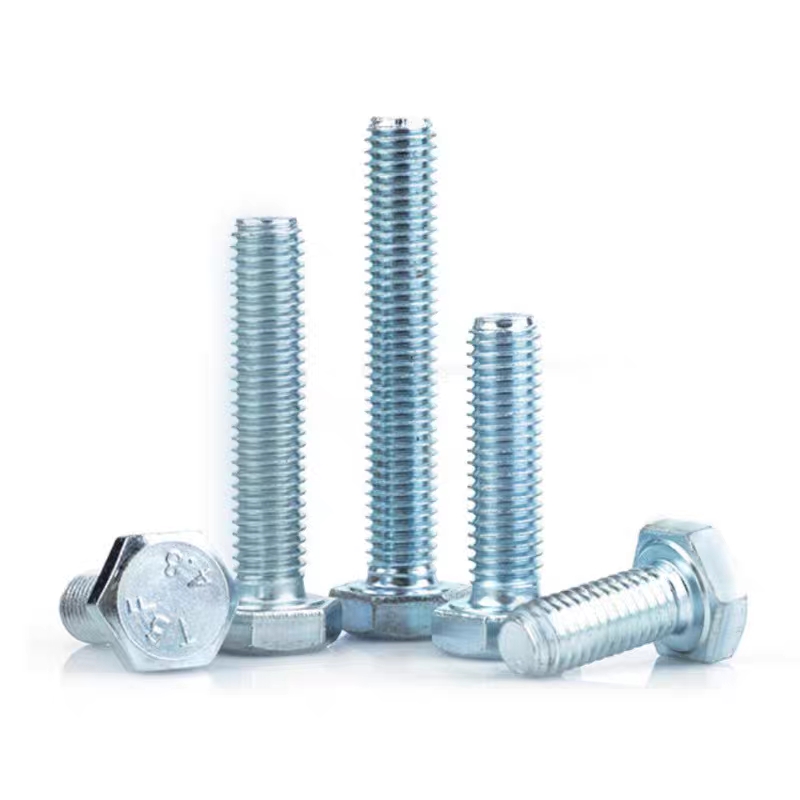 Electrogalvanized hexagonal bolts
Electrogalvanized hexagonal bolts -
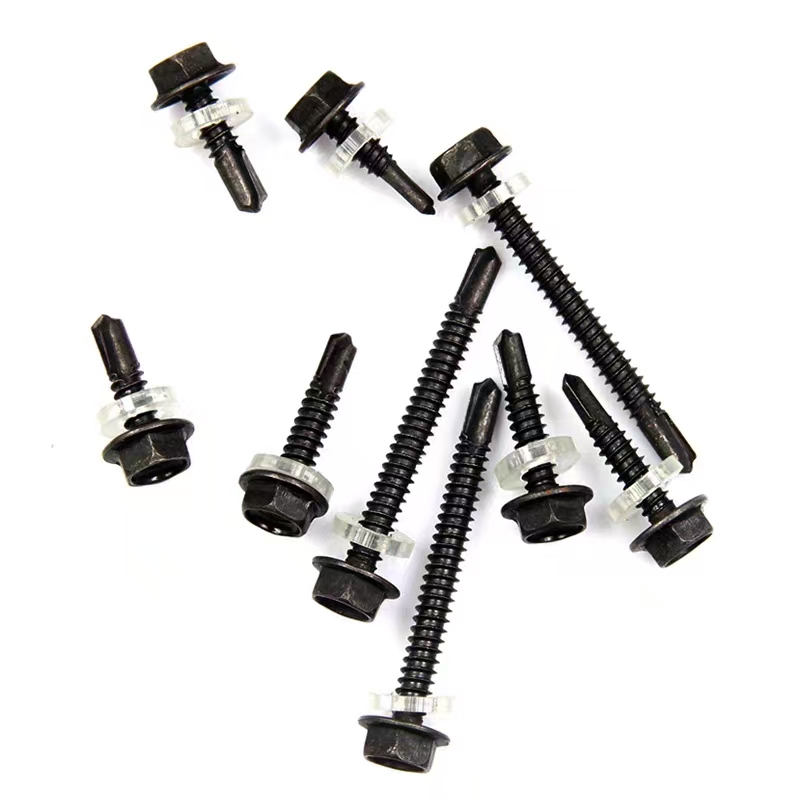 Black zinc-plated hexagonal drill tail wire
Black zinc-plated hexagonal drill tail wire -
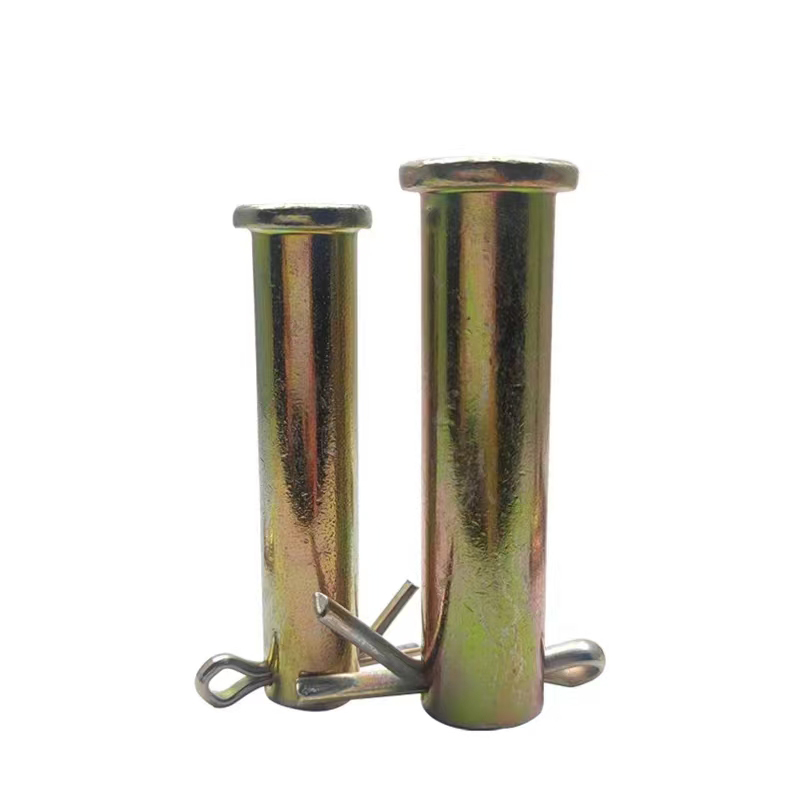 Colored zinc-plated pins
Colored zinc-plated pins -
 Colored zinc flange bolts
Colored zinc flange bolts -
 T-bolt (T-slot bolt)
T-bolt (T-slot bolt) -
 Black zinc flange bolts
Black zinc flange bolts -
 7-shaped anchors (7-shaped anchor bolts)
7-shaped anchors (7-shaped anchor bolts) -
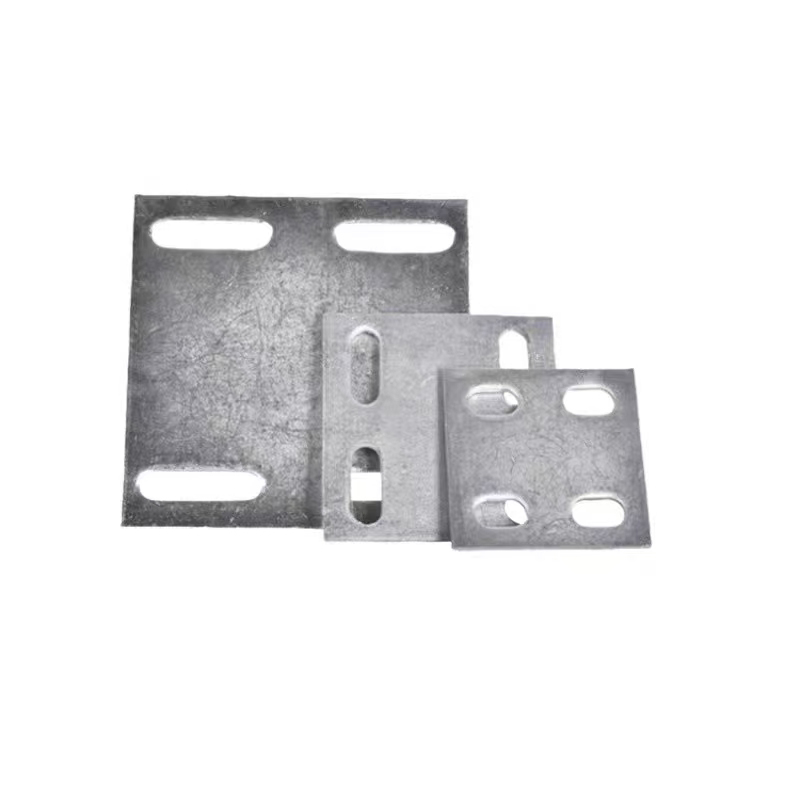 Hot-dip galvanized embedded plate
Hot-dip galvanized embedded plate -
 High-strength blackened nuts
High-strength blackened nuts -
 Hot-dip galvanized chemical bolts
Hot-dip galvanized chemical bolts


